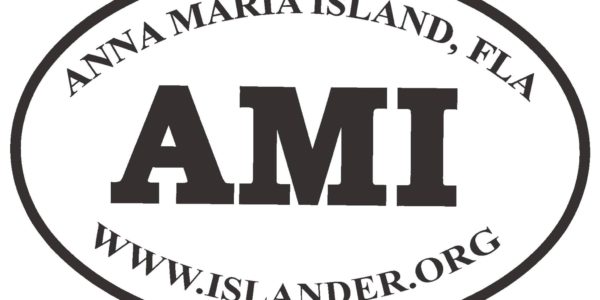An osprey walked into the property appraiser’s office.
Could be the opening line of a joke, right?
Ospreys don’t own property, they can’t obtain deeds or qualify for homestead exemptions or apply for permits to improve their nests.
So we have the responsibility — legally and morally — to safeguard the habitat of the birds and other wildlife on Anna Maria Island.
Once, some years back, I was standing on a sunny corner of Pine Avenue in Anna Maria trying to figure out, “What’s different?” when Mike Miller, perhaps the city’s best-known native plant guru, approached.
Miller, who died last year, answered my question. A seagrape with a thick, broad canopy was gone — “disappeared” was the word he used.
The conversation turned to all that was lost with the removal of the seagrape, which Miller said provided seed and fruit for birds and mammals, while bees and other pollinators had flocked to its flowers.
Plus, Miller observed, fallen seagrape leaves provide a natural mulch, free groundcover for sand, shell and dirt.
We had a long conversation on that hot, shadeless corner about the abundance and beauty provided by island-appropriate native plants.
Anyone familiar with Mike Miller knows just how lengthy the conversation became, as we talked about groundcover, vines, grasses, wildflowers and canopy trees best suited for coastal hammocks, saline wetlands, tidal lands and maritime forests, as well as the best plants for the pine flatwoods on the nearby mainland.
We also talked about a duty to leave nature alone and, at a minimum, when change becomes necessary, do no harm.
Readers of The Islander know about some people among us who fail in this responsibility by disrupting nests, toppling seed-bearing trees, polluting water and poisoning landscapes. Some people may be misguided in their actions. Greed drives others, especially those who do harm after they’re made aware of their threat to wildlife.
But readers of The Islander also are familiar with the hopeful stories of local people who fight to protect nesting species, walk the beach to monitor sea turtle activity, survey wildlife populations to chart their rise and fall, plant native species that help wildlife thrive and rush to the rescue of injured animals.
They know their obligation when, because of blight or wind damage, they need to take out plants that provide seeds, berries, nectar and vegetation for a variety of critters. The obligation is to replace the food source.
These people recognize the wrong in harming the heron’s nest or damaging the tortoise’s hole.
These are good people, who know about the good of trees.
This column was published in The Islander newspaper.
Archives for The Islander are online here.
